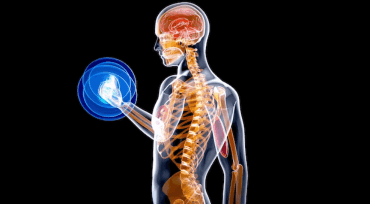Question
a.
Mobilization
b.
Immobilization
c.
Reduction
d.
Oxidation
Posted under Environmental Biotechnology
Interact with the Community - Share Your Thoughts
Uncertain About the Answer? Seek Clarification Here.
Understand the Explanation? Include it Here.
Q. Microbially catalyzed redox reaction leads to metal ________
Similar Questions
Explore Relevant Multiple Choice Questions (MCQs)
Q. Which of the following is the most common bacteria used for bioleaching?
View solution
Q. Which one of the following is not included in the mechanism of bioleaching?
View solution
Q. What kind of bacteria benefits the most from direct leaching?
View solution
Q. Which genera helps in bioaccumulation?
View solution
Q. What kind of pH is most suitable for bioleaching in majority of the metals?
View solution
Q. Microbes that exhibit a low tolerance or have become adapted to low concentrations of soluble heavy metals in the leach suspension should be selected for bioleaching.
View solution
Q. Which among the following is the most suitable particle size of solid waste?
View solution
Q. Which of the following microbial leaching techniques depend on the working volume of less than ten cubic meter (<10m3)?
View solution
Q. FCC stands for _________
View solution
Q. Which commercial bioleaching processes among the following involves piling up of uncrushed waste rock?
View solution
Q. What percentage of total world copper production do bioleach of copper alone contributes?
View solution
Q. The maximum temperature that may reach in the interior dump of copper bioleaching is ______
View solution
Q. Some heterotrophic bacteria are present in the copper dumps which indirectly affect metal ________ by affecting the growth and activity of metal solubilizing _______
View solution
Q. Which of the following mechanism is used for bioleaching of uranium?
View solution
Q. Acidithiobacillus sp. is used to extract what kind of metal ore?
View solution
Q. Which leaching agent is used for the slow decomposition of refractory gold ores?
View solution
Q. In the studies of Joffe and Sperll, it was observed that ________ is efficient for solubilizing Ni but the presence of ______ had adverse effect on leaching.
View solution
Q. Which type of ore is the major source of nickel?
View solution
Q. Bacterial leaching is possible with low concentrations and requires little energy inputs.
View solution
Q. Phosphorus accumulating microbes can store phosphorus in their cells.
View solution
Recommended Subjects
Are you eager to expand your knowledge beyond Environmental Biotechnology? We've handpicked a range of related categories that you might find intriguing.
Click on the categories below to discover a wealth of MCQs and enrich your understanding of various subjects. Happy exploring!








